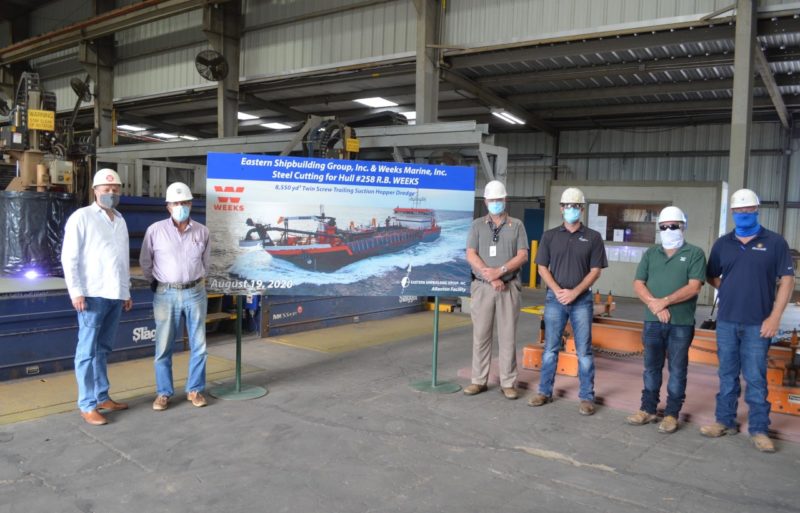
"We know blue crab populations fluctuate, so we must continue investing in Chesapeake Bay water quality and habitat restoration to ensure those fluctuations stay within a healthy range," says Secretary of Natural Resources Matthew J.

They are also a highly variable species, whose annual population depends on winds, currents, Bay temperatures, as well as predation by the many other species that rely on them for food. "We don't expect this will change our 2020 management measures for blue crab, and we will continue to manage blue crabs based on the best available science."īlue crabs are a Chesapeake Bay icon and important commercial and recreational species. "The stock is not overfished, and overfishing is not occurring."īowman concurs. "The population is relatively stable," he says. Lipcius notes that the 2019 results warrant no further management actions this year. Professor Rom Lipcius, who oversees the Blue Crab Winter Dredge Survey at VIMS, adds "The blue crab population remains at a relatively high and stable level of abundance since management imposed effective actions in 2008 to trigger recovery of the population following 15 years of decline." "However, it also tells us we need to continue with our precautionary, science-based management approach to ensure we do not see further decreases." "The recent blue crab winter dredge survey shows us we have a healthy and robust blue crab population in the Chesapeake Bay," says VMRC Commissioner Steven Bowman. While 2019 saw a year of excellent recruitment with 324 million new crabs, 2020 saw only 185 million juveniles added to the population.


This change was largely driven by a 43% decrease in the recruitment of juveniles. The combined abundance of all ages of blue crabs declined by a third, from 594 million crabs in 2019 to 404 million crabs in 2020. While abundance did decline in most aspects in 2020, it remains within the normal, healthy range. The results-available due to months of field sampling and laboratory analysis by VIMS researchers Mike Seebo, Katie Knick, Gabby Saluta, Alison Smith, and colleagues at Maryland DNR-were announced by the Virginia Marine Resources Commission and Maryland DNR leadership.


 0 kommentar(er)
0 kommentar(er)
